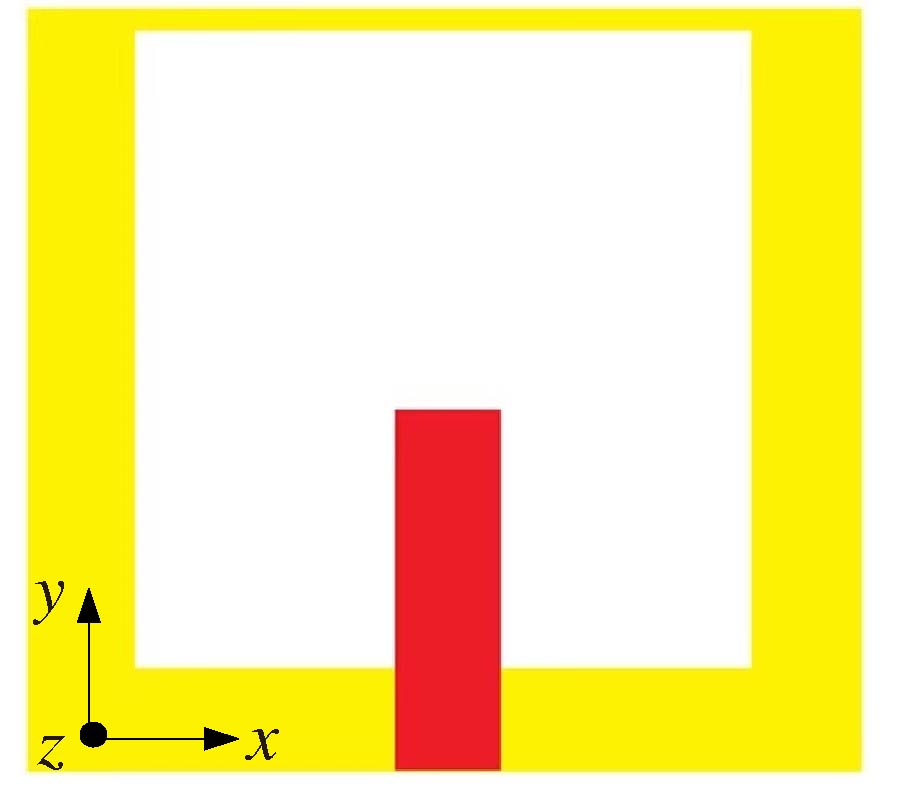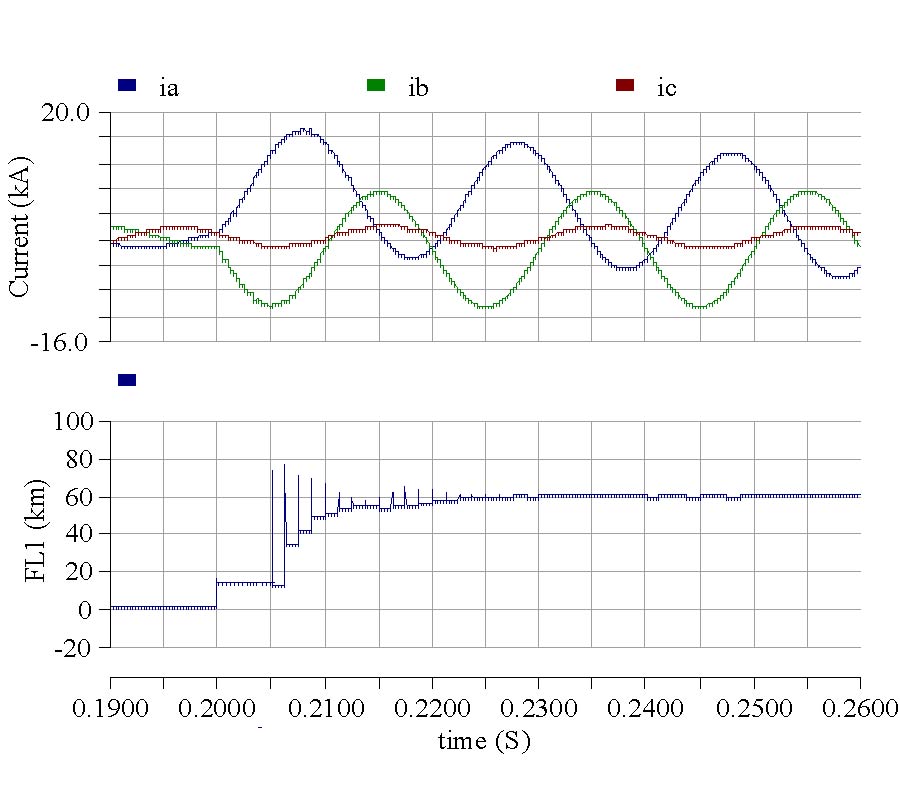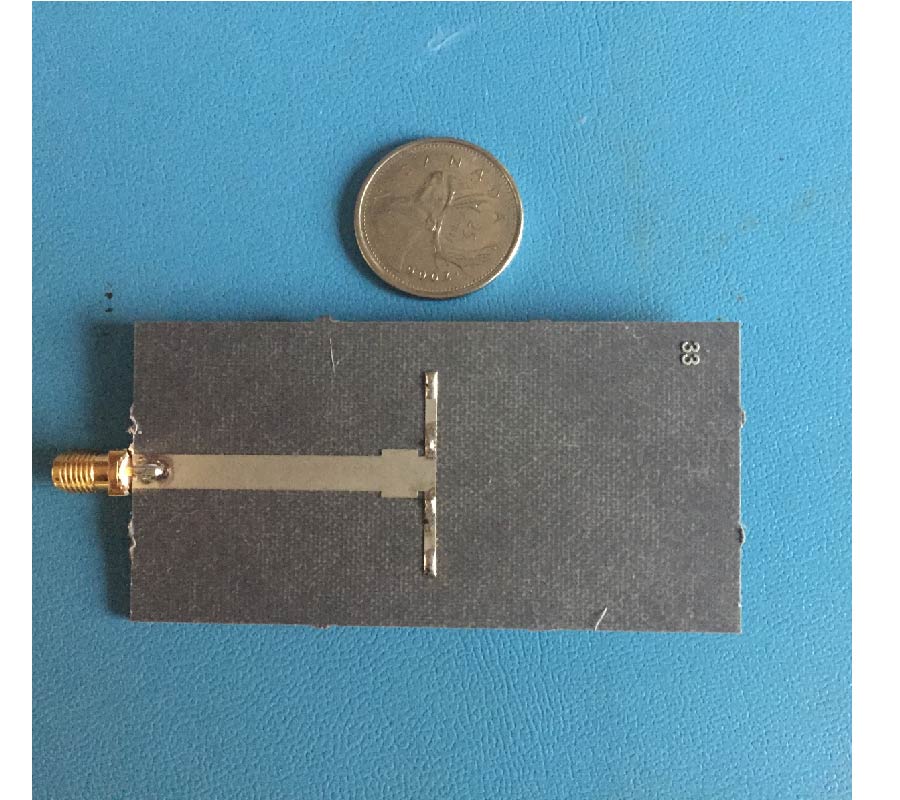A New Fault Location Method Independent of Line Parameters
Lihui Zhao,
Jingwei Zhu,
Hongzhe Yang and
Bin Gu
To restore power feeding as soon as possible and reduce repair costs and labor, a precise and robust fault location method for transmission lines is proposed. This method is based on the current and voltage synchronously collected by the phasor measurement units (PMUs) at two terminals of the line and does not require line parameters to calculate the fault distance. The line parameter is not approximately constant, but is affected by power load, temperature, and humidity, which affects the accuracy of most fault location algorithms that rely on line parameters. Therefore, the method proposed in this paper is robust and accurate. The method is based on the sequence fault component network and synchronous measurement technology, which is not affected by the system's pre-fault state, fault type, fault inception angle, and fault phase. Then, the method is verified in PSCAD/EMTDC by choosing different path resistances, fault types, fault inception angles, load currents, and line transpositions. A large number of simulation results show that the proposed method has high accuracy and robustness.



















